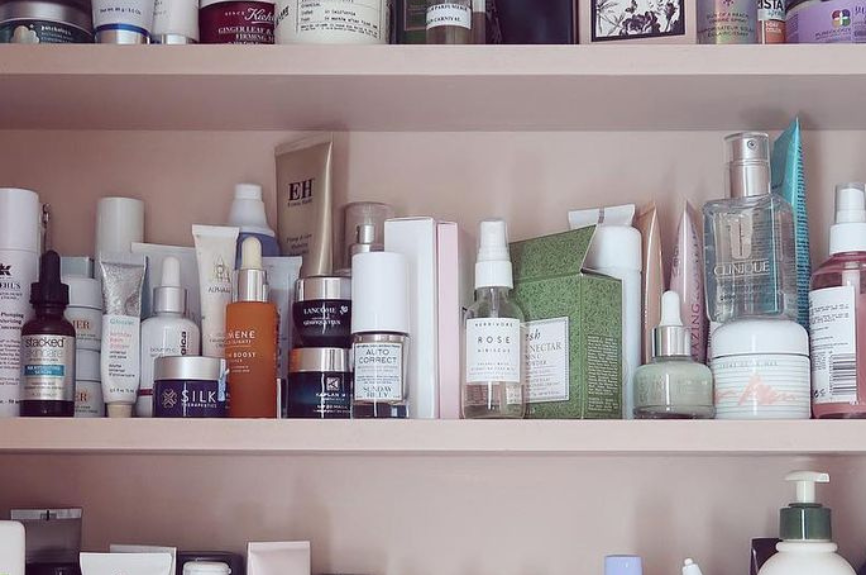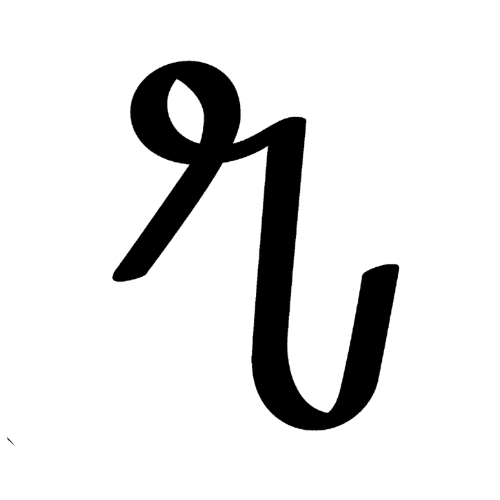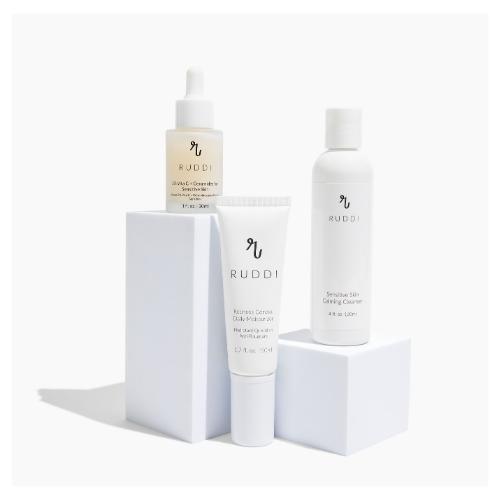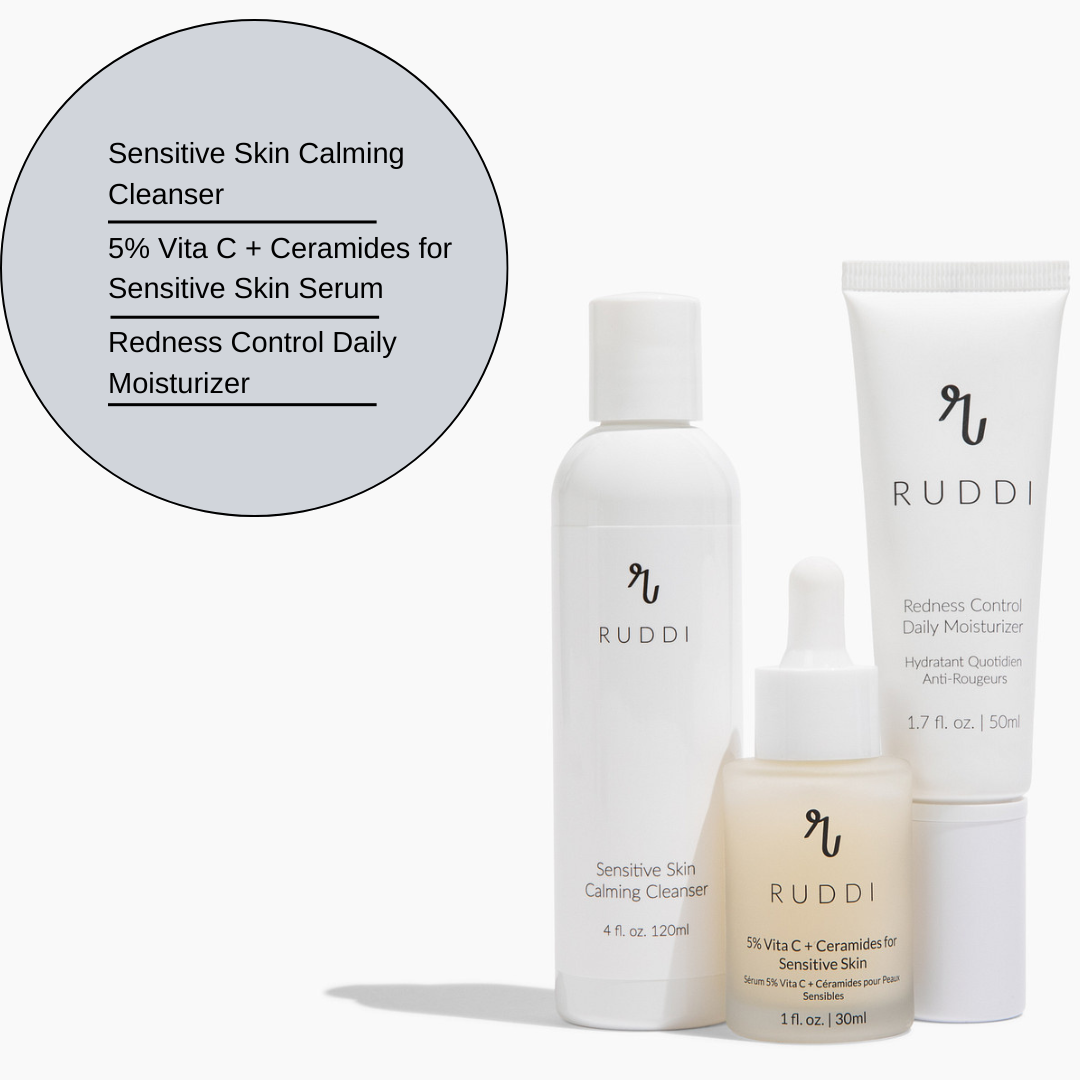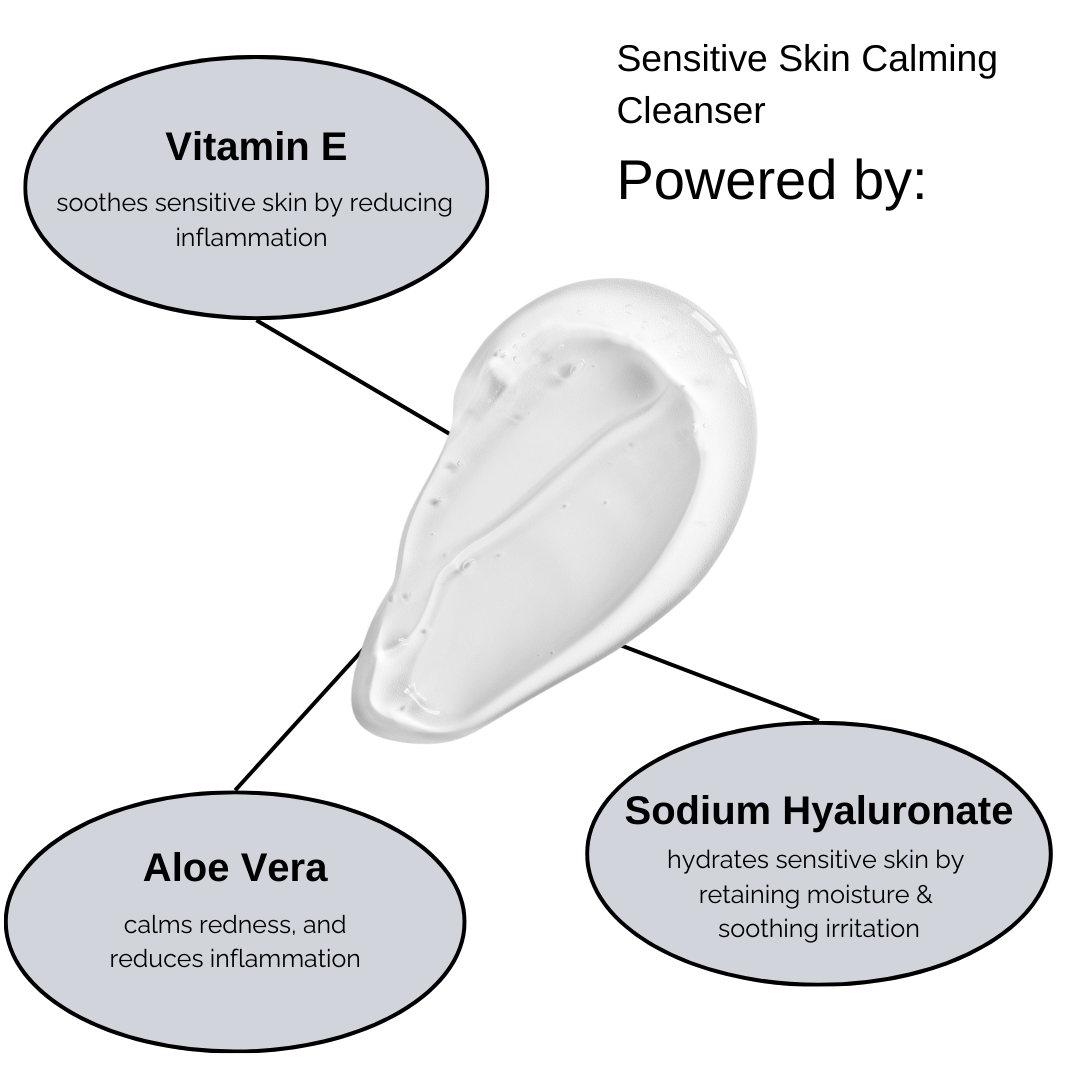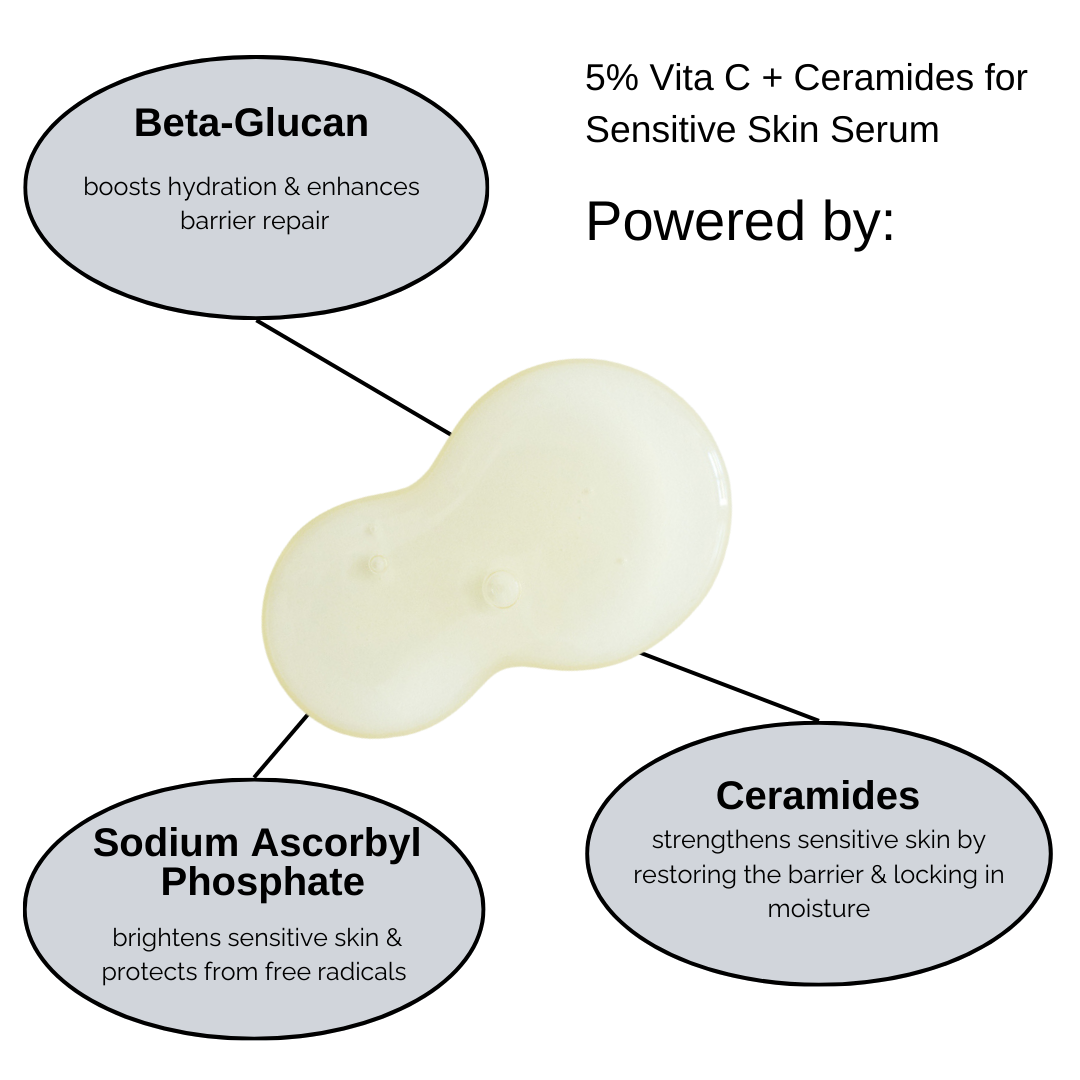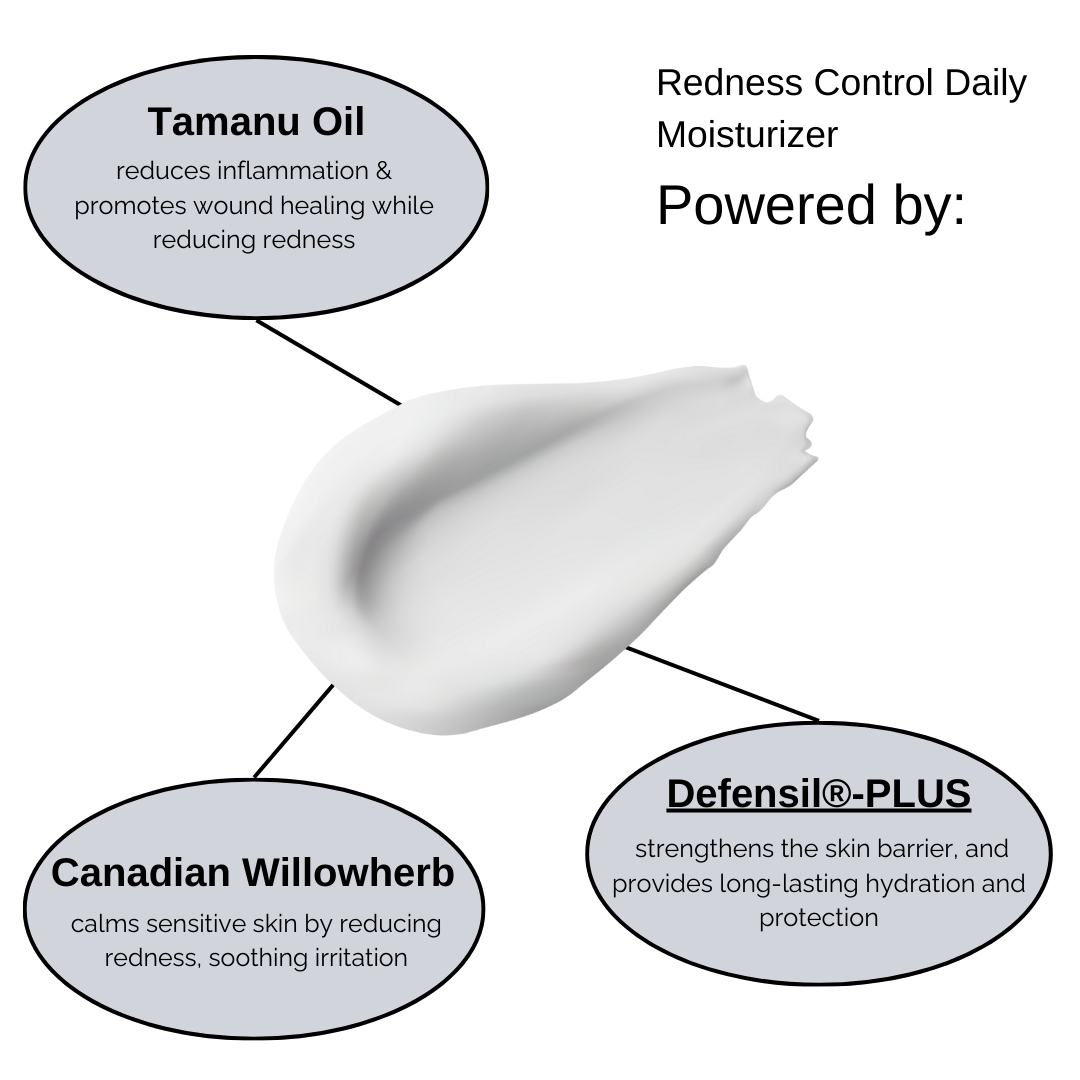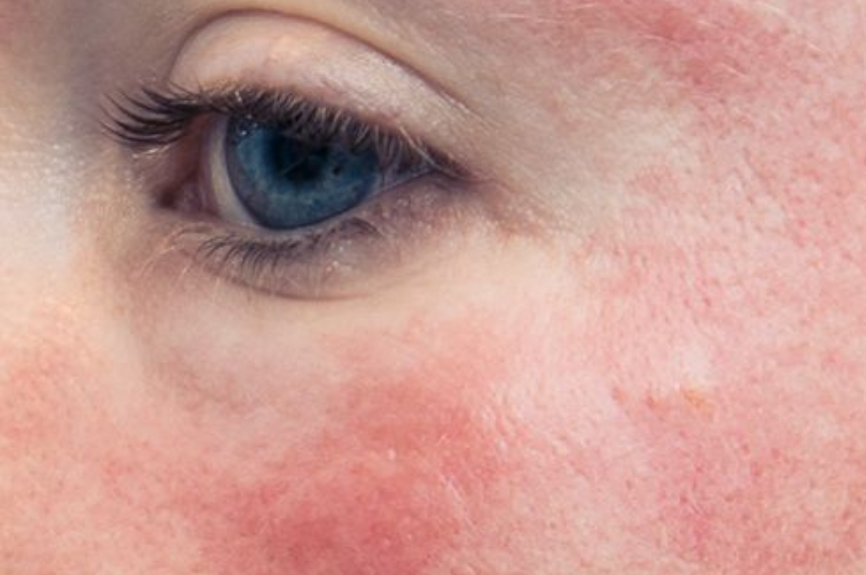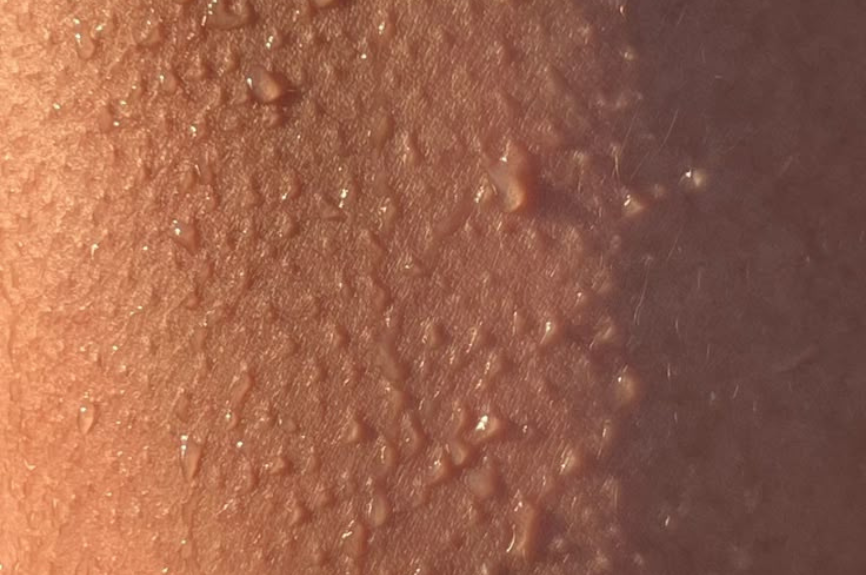If you have rosacea, chances are you’ve spent hours reading ingredient labels, googling product reviews, and investing in “rosacea-safe” skincare that promises to calm and soothe. But what if the very products you’re trusting are actually keeping your skin inflamed?
We’re diving deep into how even the most well-intentioned skincare routines can silently sabotage rosacea-prone skin — and how to spot the ingredients and marketing traps that most people (and even many dermatologists) overlook.
1. The Marketing Mirage: “For Sensitive Skin” ≠ Rosacea-Safe
Walk into any drugstore or beauty site and you’ll see shelves filled with “hypoallergenic,” “gentle,” “non-irritating,” or “dermatologist-tested” labels. These terms are not regulated and can be slapped on products that still contain known rosacea triggers.
Common traps:
• “Fragrance-free” may still include masking agents that irritate skin.
• “Non-comedogenic” doesn’t mean non-inflammatory.
• Botanical or natural products often include essential oils (like lavender, eucalyptus, or citrus) that trigger flare-ups.
Takeaway: Don’t rely on front-of-box claims. The ingredient list tells the real story.
2. Sneaky Ingredients That Cause Rosacea Flare-Ups
Even “clean” or dermatologist-approved brands may contain ingredients that are quietly inflammatory for rosacea.
Known offenders hiding in “safe” products:
• Alcohols like SD alcohol 40, ethanol, or isopropyl alcohol: Strip the skin barrier, causing dryness and reactivity.
• Essential oils: Including tea tree, peppermint, citrus, or geranium — often touted for their antibacterial properties, but too harsh for inflamed skin.
• Menthol or camphor: Found in “cooling” products, but can cause burning sensations.
• Sodium lauryl sulfate (SLS): A foaming agent found in cleansers that breaks down the skin barrier.
• Preservatives like methylisothiazolinone or phenoxyethanol: Common in even “gentle” formulas and often linked to irritation.
Pro tip: Even seemingly mild ingredients like niacinamide can be irritating if used in high concentrations or combined with acids or retinoids.
3. Your Skin Barrier Is Everything — Stop Stripping It
A damaged skin barrier is the core issue in rosacea — and even gentle over-cleansing or exfoliating can throw it out of balance.Skin barrier saboteurs to avoid:
• Over-washing (more than 2x/day)
• Harsh cleansers or micellar water with alcohols
• Toners with witch hazel or acids
• Weekly “resurfacing” treatments or peels (even “gentle” ones)
Instead: Focus on barrier repair. Think minimal routines, ceramides, azelaic acid, and barrier-focused moisturizers like those containing squalane or oat extract.
4. How to Build a Truly Rosacea-Safe Routine (That Works)
Less is more. Here’s a proven framework:
Step 1: Cleanser - Look for no SLS, alcohols, or fragrance
Step 2: Treatment- Azelaic acid, prescription metronidazole, Low-% Vitamin C
Step 3: Moisturizer- Look for Ceramides, squalane or Tamanu Oil
Step 4: Sunscreen Mineral-based (zinc oxide or titanium dioxide)
Pro tip: Introduce one product at a time. Track flare-ups with a simple journal or phone notes to identify patterns.
Conclusion: Don’t Trust Labels — Trust Your Skin
Rosacea is nuanced, and so is skincare. While brands and influencers might push “safe” products, your skin may tell a different story. Empower yourself by reading labels, knowing what ingredients to avoid, and building a pared-down, barrier-first routine.Your rosacea doesn’t need 10 steps or a shelf full of actives — just a handful of truly supportive products that respect your skin.
